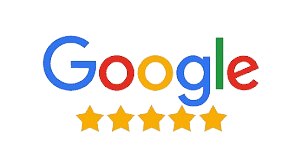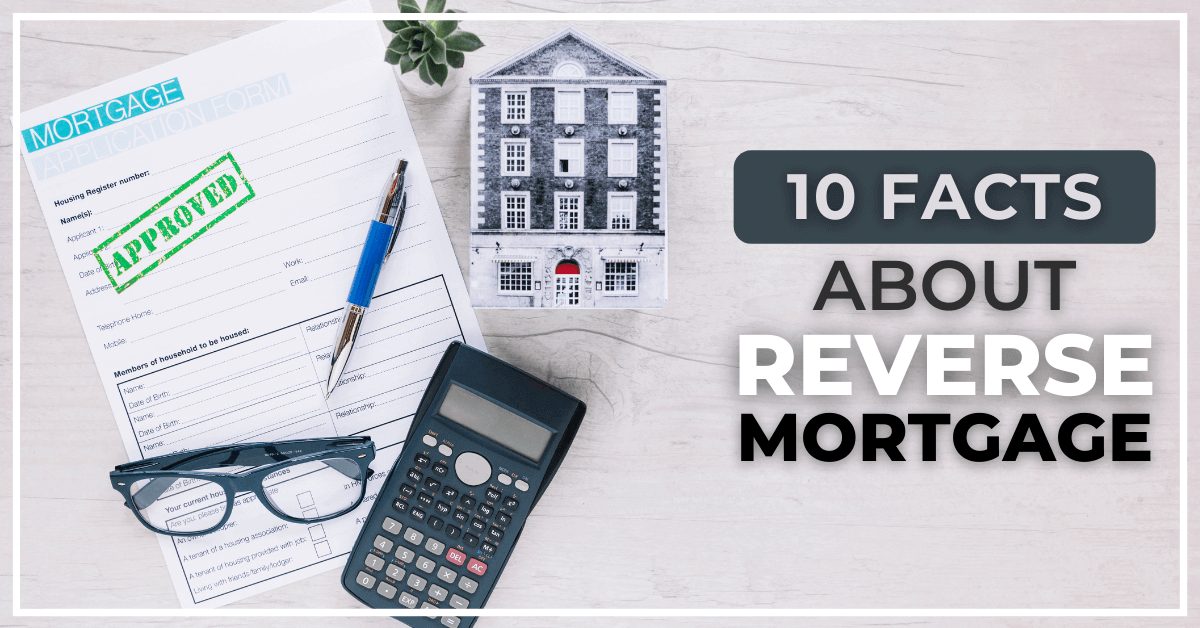10 Reverse Mortgage Facts
Read on to learn about the critical reverse mortgage facts, how the whole thing works and if you are eligible.
1. There Are Different Types of Reverse Mortgages
Learning about this financial solution’s primary types should be a priority among the many reverse mortgage facts you discover. The different types are:
- Single-Purpose Reverse Mortgage – This type is usually offered by local, state, and non-profit agencies. It is essential to utilize the proceeds for a state-specific purpose.
- Home Equity Conversion Mortgage (HECM) –This mortgage is a federally insured option that requires a preapproval counseling session.
- Proprietary Reverse Mortgage –Available to those who have high-value homes, this type of reverse mortgage is not insured by the government.
2. There Are Different Ways to Receive Your Proceeds
You have several payout options:
- Lump-sum plan: With this loan, you can draw 60% of the available proceeds as one payment upon closing. Borrowers get an additional 10% if mandatory obligations like mortgage payoff and insurance premiums exceed the 60% limit.
- Partial lump sum: This plan lets you take the lump sum available to you at closing. You can then access the remaining balance via another payment plan.
- Term: You get to choose to receive equal monthly payments over a finite period.
- Tenure: In this plan, the borrower receives equal monthly payments for life.
- Line of credit: This plan is the most popular option as it lets you draw upon your credit line as you require, up to your principal limit. Your lender does not require any minimum or maximum amount.
3. There Are Some Eligibility Criteria
The primary homeowner must be 62 years old or older. But, if a spouse is under 62, you may still be able to access this financial option if you meet other eligibility criteria.
You are required to:
- Use the property as your primary residence
- Pay off any existing mortgage you have using the proceeds from your reverse mortgage
- Maintain your property in good condition
- Engage in a consumer information session led by an FHA-approved counselor
- Remain current on property taxes, insurance and other mandatory legal obligations
4. There Are Expenses to Continue Paying
These mortgages are not like regular mortgages in which insurance and taxes are paid out of an escrow account. Hence, you pay those expenses. You also need to be current on any homeowner’s association fees.
5. It Is Not Solely Based on Credit or Income
Reverse mortgage loans contain limited income and credit mandates, making them more accessible. You can take out this type of loan as long as you show you can continue paying taxes and insurance on the home.
6. You Must Meet With an FHA-Approved Counselor
Before taking out the loan, you will meet with an FHA-approved counselor who will ensure you understand all the facts, processes and individual terms of the loan.
7. You Have the Right of Rescission
Legally, you have three calendar days to change your mind and cancel the loan without penalty after signing the agreement. Keep in mind that HECM for purchase transactions only offers a right of rescission when provided for in state law.
8. FHA Rules Apply to All HECM Providers
Remember to check the same when shortlisting a lender.
Senior Lending consults you with reverse mortgages every step of the way while adhering to HUD rules.
9. There can be Additional Charges that Vary
While the mortgage insurance premium could be the same among lenders, other costs can vary. It could include:
- Loan costs
- Origination fee
- Servicing fees
- Interest rate
- Closing costs
The lender often sets these fees and costs, although origination fees for HECM reverse mortgages currently are dictated by law.
10. The Amount You Can Borrow Varies
The said amount depends upon a number of factors. Examples include:
- The current market value of your home
- The type of reverse mortgage you choose
- Your age
- The current interest rates
- Associated costs
- Your financial assessment
Also, with a HECM, you’ll never owe more than the home is worth when the loan is repaid. Limitations on the number of available funds a borrower can take at closing help your home equity last longer.
Why Trust Senior Lending Corporation?
We’re a reliable source of reverse mortgage knowledge because we have worked with senior homeowners for many years, educating them regarding home equity conversion mortgages to discover options that meet financial retirement goals. Each of our HECM specialists receives extensive training, allowing them to offer advice tailored to you.
Count on us to empower you throughout the process. We are licensed by the Nationwide Mortgage Licensing System and abide by FHA rules to give you protection and peace of mind when you seek reverse mortgages. Past customers have praised our thorough advisory process and friendly service through every step. We prioritize your needs to offer solutions that give you the most value in your retirement.
Talk to Us About Reverse Mortgages
This lending option enables older homeowners to secure their retirement. Knowing the facts helps you decide if this is the right financial option for you.
For additional expert advice, call 800-822-1190 or contact Senior Lending Corporation online. Our experts can provide more reverse mortgage information to enhance your decision-making.






